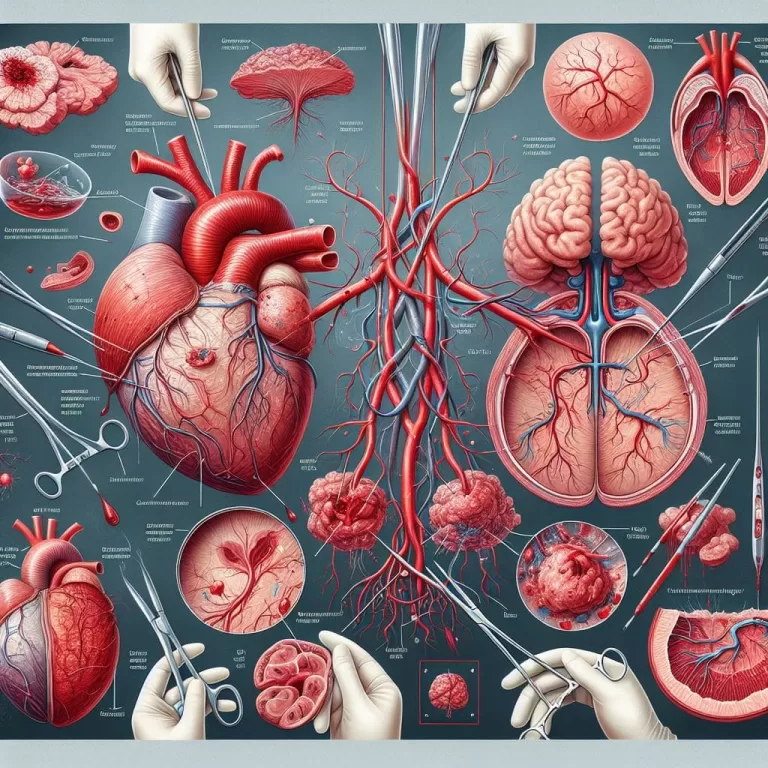Cerebral Hemorrhage
**Cerebral Hemorrhage: A Life-Threatening Brain Injury**
A cerebral hemorrhage is a life-threatening condition that occurs when blood accumulates in the brain after a ruptured blood vessel. It is a form of stroke with an in-hospital mortality rate of up to 50%. Prompt diagnosis and treatment are essential to improve outcomes and reduce long-term disability.
**Symptoms:**
* Sudden onset of severe headache
* Nausea and vomiting
* Weakness or numbness on one side of the body
* Speech difficulty
* Seizures
**Causes:**
* High blood pressure
* Aneurysms (weakened areas in blood vessels)
* Arteriovenous malformations (abnormal connections between arteries and veins)
* Head injuries
**Diagnosis:**
Diagnosis is confirmed with a CT scan or MRI. Blood tests may also be ordered to assess overall health and rule out other potential causes.
**Treatment:**
Treatment options for cerebral hemorrhage include:
* Medication to control blood pressure and reduce fluid buildup
* Surgery to remove the blood clot or repair the ruptured blood vessel
* Endovascular procedures to deliver medications or retrieve blood clots
* Rehabilitation therapy to restore function and prevent complications
**Complications:**
* Coma
* Brain damage
* Paralysis
* Speech and language impairments
* Cognitive difficulties
**Prognosis:**
The prognosis for cerebral hemorrhage depends on the severity of the bleeding, the location of the rupture, and the patient’s age and overall health. Early diagnosis and treatment can improve outcomes, but lifelong complications are often inevitable.
Arteriovenous Malformation (AVM) Surgery: Comprehensive Overview

Three kinds of surgery are capable of treating an arteriovenous malformation, a tangle of blood vessels that impedes blood flow. An arteriovenous malformation (AVM) is a rare, noncancerous entanglement of blood vessels that prevents blood from flowing between your arteries…
